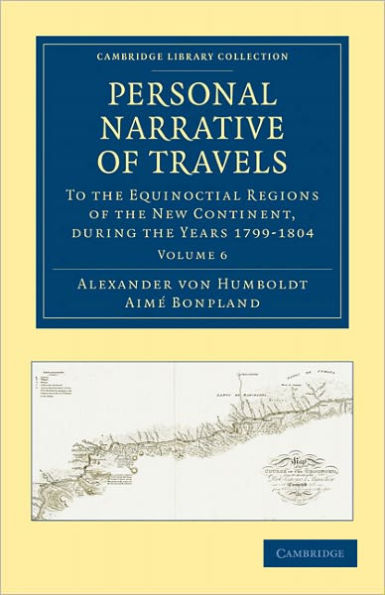5
1

Personal Narrative of Travels to the Equinoctial Regions of the New Continent: During the Years 1799-1804
874
Personal Narrative of Travels to the Equinoctial Regions of the New Continent: During the Years 1799-1804
874
95.99
In Stock

Product Details
| ISBN-13: | 9781108027984 |
|---|---|
| Publisher: | Cambridge University Press |
| Publication date: | 06/02/2011 |
| Series: | Cambridge Library Collection - Latin American Studies |
| Pages: | 874 |
| Product dimensions: | 5.50(w) x 8.50(h) x 2.10(d) |
From the B&N Reads Blog
